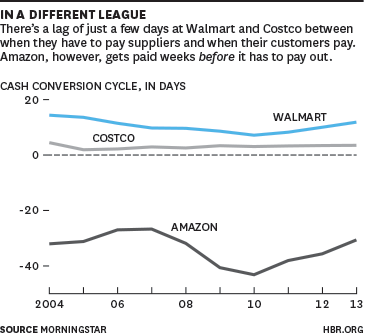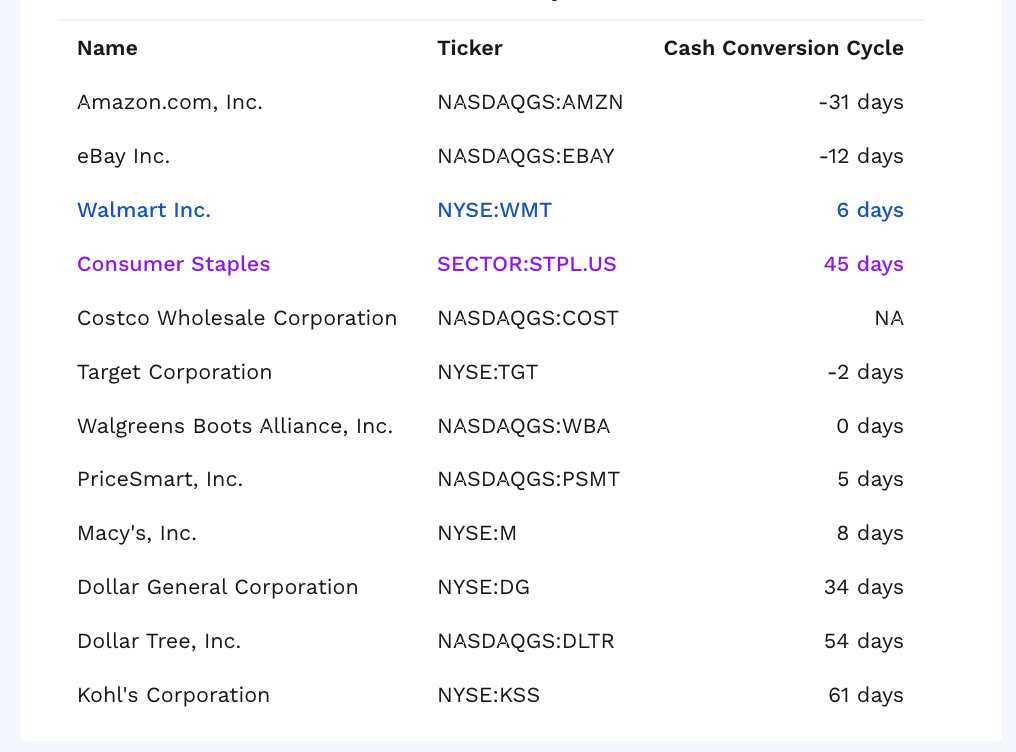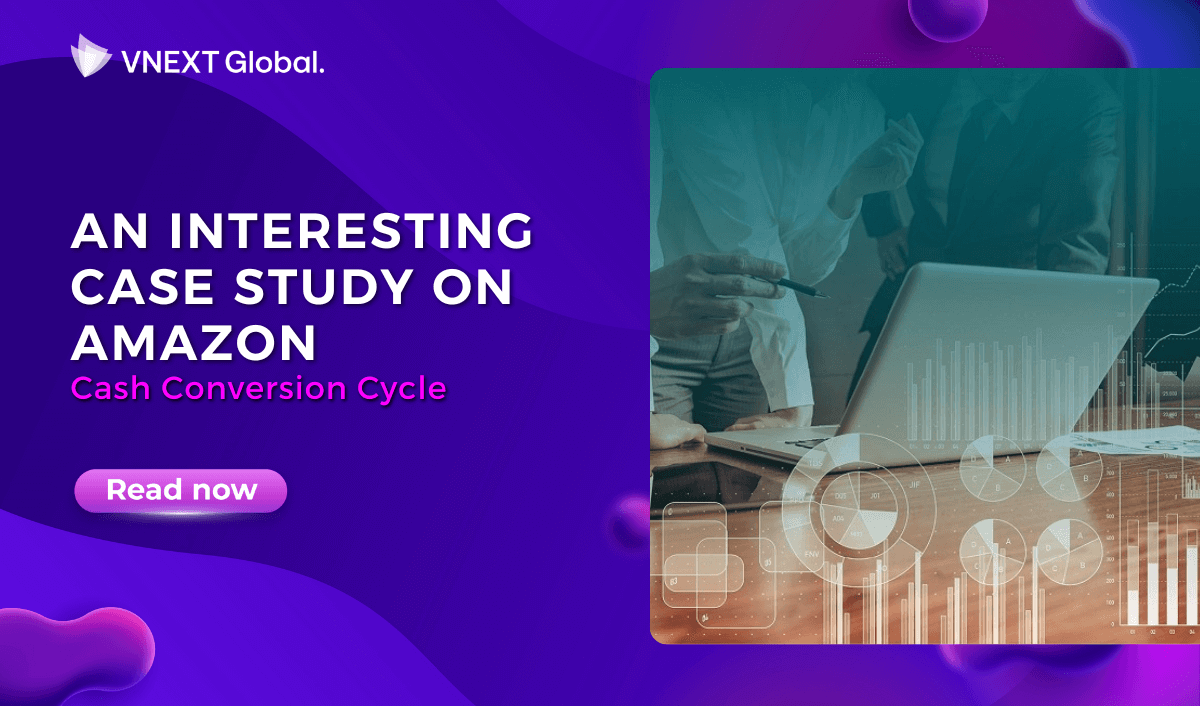Cash flow is one of the most important definitions in financial management, yet, it is hardly mentioned and analyzed, compared to other principles.
In fact, cash flow is a financial term that originated from the accounting/ financing sector, which is a complicated definition for some people. However, its functions and roles are undeniable.
In previous blog, we have provided the overall information and highlighted the benefits of cash flow for businesses. In this article, VNEXT Global - a renowned defi development company in Vietnam, will provide a case study of Amazon's cash flow to help you better understand this intricating term.
1. Three typical case scenarios of cash flows
In the previous blog, we mentioned these three typical scenarios. In short, they are:
- Cash inflows (revenues) come after cash outflows (expenses) - in the most common case, most businesses will fall into this situation.
- Cash inflows come simultaneously as cash outflows - not many businesses fall into this situation.
- Cash inflows come before cash outflows - the least common case, it's also the ideal case for the business.
In this article, we will analyze the case of Amazon, which falls into the first case: cash inflows come after cash outflows. Let’s go into detail!
2. Amazon case - an effective and unique case
Amazon is an interesting business case because the two main lines of business are Amazon Retail - Ecommerce-related and Amazon Web Service, which are two completely opposite examples of cash flow.
With Amazon Retail, which is more specifically the original model of Amazon - 1st party, it can be considered the typical case call money in before money out.
In this model, users will immediately pay Amazon for purchases online, however, Amazon only has to pay the supplier for purchases 30-60 days later. Amazon can be considered to have a huge short-term loan during this time to be able to use it at will. This amount is commonly referred to as “float”.

Compare Cash Cycle Conversion between Amazon, Costco, and Walmart. Source: HBr
Look at the comparison of “cash conversion cycle” between Amazon and traditional retailers to see the huge difference in cash flow.
Cash conversion cycle - the speed of the business's cash turnover. If you run a supermarket, it's the time between when you have to pay the supplier to buy the goods, and the time you can get the revenue back when the user buys on the shelf. The shorter the Cash conversion cycle, the better, it represents a business with a short inventory period - you don't get buried for long, so you can turn around the money quickly to reinvest.
With Walmart, this figure falls somewhere around 10 days on average, with Costco, it's even lower, only about 3-4 days. That is 2013 data, so far Walmart's cash conversion cycle has dropped to 6 days, and Costco's is only a full day. Whatever it is, this one-digit cash conversion cycle is extremely impressive. It represents the efficiency to an almost optimal level of these supermarket chains in operation as well as anticipating the needs of customers.
However, all of these numbers are blurred when compared to Amazon. Amazon's Cash conversion cycle is currently negative for 31 days. That's an average of one month after receiving money from users, Amazon has to pay for goods to suppliers. This may sound normal now, but at the end of the '90s, when e-commerce was just starting to take shape, it was a revolution. Michael Mauboussin, one of the most famous analysts at Wall Street at the time (and now) was so excited that instead of calling it amazon.com, Wall Street should call Amazon cashflow.com.

Compare Cash Cycle Conversion among major US retail chains in 2021. Source: Finbox
Essentially in these 30 days, Amazon has a “free loan” that it can leverage to continue pumping into its growth efforts, Jeff Bezos understands Amazon's advantage and resolutely uses it radically in Amazon's expansion strategy.
Imagine you are a traditional retail chain with cash flow that is always limited because you always have to pay the supplier first => and always bury capital click inventory. Because of the lack of cash, to expand you are forced to go out to call - probably through debt financing or equity financing. Either way, in order to have access to that capital you will have to pay a price - interest or dilute shares.
Meanwhile, there is an emerging competitor, who pursues a business model that has a much better cash conversion cycle than you. Therefore, they have access to 30-day “interest-free funding” that comes directly from user revenue. They use it extremely drastically to expand => the more they expand, the faster their GMV grows => and this “interest-free capital” grows accordingly. As a loop - a "positive feedback loop", the more they expand, the more capital they have to expand without having to borrow from anyone. What a frightening prospect for your company.
These lines can be seen as a descriptive passage from the perspective of traditional retailers looking at Amazon in their early years. Its strategy, which uses 30-60 effective days float to expand, has been implemented almost perfectly by Jeff Bezos. Specifically, Amazon now has a value of up to $1,500 billion, but all of the funding that it has called for so far is only $108 million, with the last round of funding going back to 2001. This is a modest number if we compare it to the overwhelming funding rounds of today's startups.
All comparisons are lame, but the above figure somewhat demonstrates how effective Amazon has been in taking advantage of the "30-60 day float" to grow over the history of 28 years of formation. Almost all of the Amazonian capital used to scale does not come from outside but comes directly from the reallocation of revenue.
Jeff fiercely with the playbook using “float” to grow to near zero nearly 20 years after its founding, Amazon continues to burn off revenue to reinvest in growth, resulting in profits that are still close to zero, even operating at a loss for years.
For many years after that, from the standpoint of many Wall Street analysts, Amazon was in the early days just a “Lipstick on a pig”, rather than actually just a retailer. Even because Jeff is constantly cutting prices and accepting an extremely low-profit margin to attract consumers, Wall Street also calls Amazon a “charity, operating on American consumers' interests.” In the Jeff interview videos of these days, you'll find Jeff has endless questions like :
“I don't understand what is different about Amazon's cost structure. Yeah, you sell on the Internet, but basically, you're still just a retailer with a slim profit margin like any other traditional retailer. Why could it be an interesting business?”.
Jeff has to explain Amazon's differences in Internet distribution channels, the advantages of a diverse number of SKUs, and more than just the advantages of cash flow to help set the stage for the growth strategy he is pursuing.
As you have seen, two businesses can have the same cost structure, and profit margin but different cash flows will have completely different results. Of course, there are many other factors that together constitute Amazon's success beyond cash flow, but we can say almost certainly that: Without the advantages of our cash flow, there wouldn't be an Amazon as big as today.
Final thoughts
This section has provided some in-depth analytics about Amazon's cash flow management case. Inevitably, this effective cash flow management has a huge impact on Amazon’s business operations, which obviously brought back greater revenue.
For businesses who want to better manage their financial status in general and cash flow in particular, consider our next-generation cash flow management technology which is customized based on the business’s demand. This will, of course, improve your business's overall performance.
If you are looking for a trusted IT partner, VNEXT Global is the ideal choice. With 14+ years of experience, we surely can help you to optimize your business digitalization within a small budget and short time. Currently, we have 400+ IT consultants and developers in Mobile App, Web App, System, Blockchain Development and Testing Services. We have provided solutions to 600+ projects in several industries for clients worldwide. We are willing to become a companion on your way to success. Please tell us when is convenient for you to have an online meeting to discuss this further. Have a nice day!
Credit: Cuong Ta - Head of Marketing












